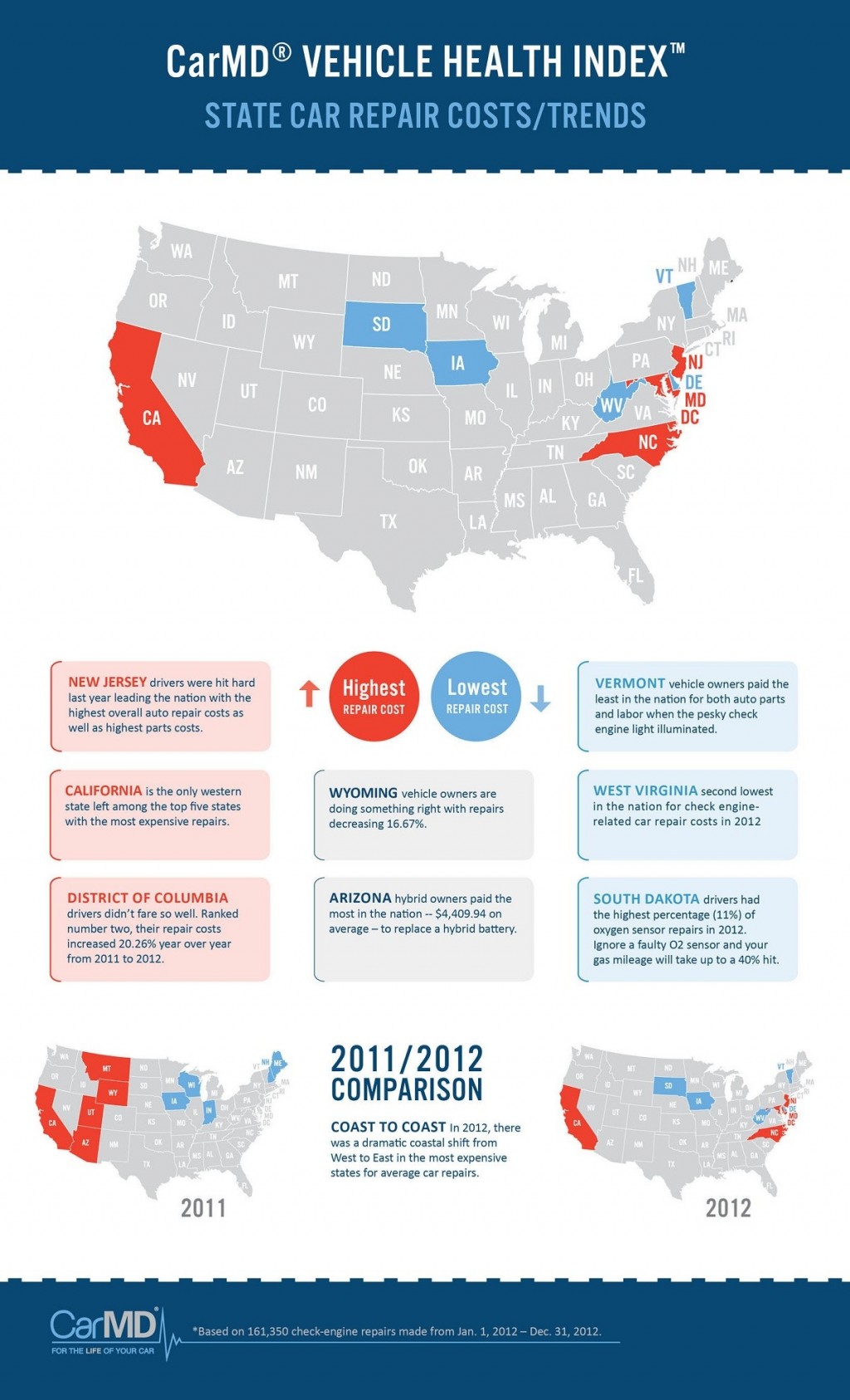Eager To Recognize What The Control Panel Warning Lights In Your Cars And Truck Symbolize? Explore Their Meanings For The Wellness And Security Of Your Automobile
Eager To Recognize What The Control Panel Warning Lights In Your Cars And Truck Symbolize? Explore Their Meanings For The Wellness And Security Of Your Automobile
Blog Article
Web Content Written By-Lim Corbett
When you lag the wheel, those beautiful caution lights on your control panel can be a little bit puzzling. Do you recognize what they're attempting to tell you concerning your auto's health and wellness? Understanding the value of these lights is important for your safety and security and the longevity of your vehicle. So, the next time one of those lights turns up, wouldn't you wish to analyze its message properly and take the necessary steps to resolve it?
Common Warning Lighting and Interpretations
Determine usual warning lights in your auto and recognize their significances to guarantee risk-free driving.
One of the most typical warning lights include the check engine light, which signifies concerns with the engine or emissions system. If this light comes on, it's crucial to have your lorry examined without delay.
The oil pressure cautioning light indicates reduced oil pressure, calling for prompt focus to stop engine damage.
A flashing battery light may suggest a malfunctioning charging system, potentially leaving you stranded if not attended to.
The tire stress tracking system (TPMS) light informs you to low tire stress, impacting lorry stability and fuel performance. Disregarding this can bring about hazardous driving conditions.
https://www.kcur.org/arts-life/2022-01-29/hanks-auto-repair-the-neighborhood-garage-of-39th-street-will-close-after-67-years indicates a problem with the anti-lock stopping system, compromising your capacity to quit rapidly in emergencies.
Lastly, the coolant temperature level cautioning light warns of engine getting too hot, which can cause serious damages otherwise resolved quickly.
Understanding these common warning lights will assist you attend to issues quickly and maintain safe driving problems.
Value of Prompt Interest
Comprehending the typical warning lights in your cars and truck is only the primary step; the importance of immediately dealing with these cautions can not be emphasized sufficient to guarantee your safety and security when driving.
When a caution light illuminates on your dashboard, it's your car's means of communicating a possible problem that needs focus. Disregarding these cautions can cause extra extreme issues later on, jeopardizing your security and potentially costing you more out of commission.
Motivate focus to warning lights can stop malfunctions and crashes. As an example, a blinking check engine light might show a misfire that, if left ignored, could cause damage to the catalytic converter. Addressing this immediately can save you from a pricey repair work.
In a similar way, a brake system alerting light could signify low brake liquid or used brake pads, critical elements for your security when driving.
Do It Yourself Troubleshooting Tips
If you notice a caution light on your control panel, there are a few DIY troubleshooting tips you can try prior to looking for specialist assistance.
The very first step is to consult your car's handbook to comprehend what the certain warning light suggests. Occasionally the issue can be as simple as a loose gas cap causing the check engine light. Tightening the gas cap may fix the trouble.
Another typical concern is a low battery, which can activate various warning lights. Checking the battery connections for deterioration and ensuring they're safe could take care of the problem.
If a caution light lingers, you can attempt resetting it by separating the car's battery for a few minutes and after that reconnecting it. In addition, examining your vehicle's liquid levels, such as oil, coolant, and brake fluid, can help troubleshoot alerting lights related to these systems.
Verdict
To conclude, understanding your automobile's caution lights is essential for keeping your automobile running smoothly and safely. By immediately attending to these informs and knowing what they indicate, you can prevent expensive repair work and possible failures.
Keep in mind to consult your cars and truck's guidebook for particular details on each cautioning light and act appropriately to make sure a trouble-free driving experience.
Keep educated, stay https://ecu-tuning-shops-near-me39406.aboutyoublog.com/33360876/the-advancement-of-automobile-explaining-key-patterns-and-developments-to-display on the road!
